Benjamin Böhm - TU Darmstadt - Germany
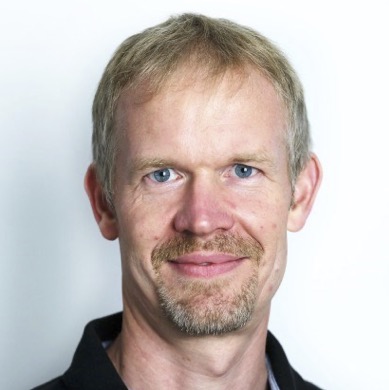
Solid fuel combustion: challenges and opportunities using laser diagnostics
Chemical energy carriers help to store energy and make it available for flexible use. They are particularly important for balancing out fluctuations in renewable energy production. This means that energy can be used even when it is not being produced or when it has to be transported over long distances. To achieve current climate goals, the thermochemical use of solid fuels in pulverized solid fuel combustion must be decarbonized. This requires fundamental research to better understand the chemical and physical processes and to make them industrially viable. In this presentation, the combustion process of solid fuels is explained phenomenologically using the example of coal and iron particles. This process shows some relevant differences for both fuels, which lead to different challenges not only in technical applications but also for optical diagnostics. Based on a selection of experimental studies, the possibilities of current optical measurement methods for in-situ measurements of particle and gas phase properties are discussed, with a methodological focus on the measurement of quantities at the particle level. The importance of simultaneous multi-parameter measurements both for a better fundamental understanding and for the validation of modeling approaches in numerical simulations is demonstrated
Benjamin Böhm is a research scientist at the Technical University of Darmstadt in Germany. He is active in the field of experimental investigations of turbulent reactive flows using optical diagnostics with a focus on applied thermochemical energy conversion. To understand the turbulent processes in detail, he is particularly interested in the use of simultaneous multi-parameter measurement techniques, high-speed diagnostics and volumetric measurement methods. In this context, he focuses on experiments that are particularly suitable for modeling and validating numerical simulations to gain more detailed insights into the processes from the combination of experiment and simulation. His current research focuses on the combustion of solid fuels, ranging from coal to biomass and metals. Another focus is on internal combustion engines, where the actual diversification of fuels raises new scientific questions. Benjamin Böhm received his PhD from TU Darmstadt in 2008 and returned to TU Darmstadt after a period in combustion development at Adam Opel AG. Since 2011, he is heading the working group on Applied Thermochemical Energy Converters.
Bénédicte Cuenot - SAFRAN - France
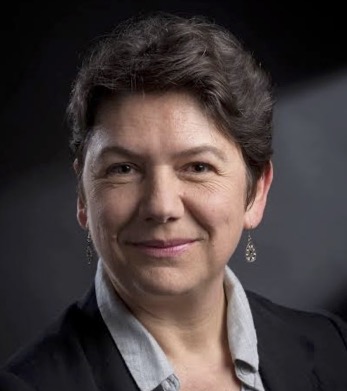
Simulation methods for low environmental impact aero-engine design
The environmental impact of aircraft propulsion and emissions is an important industrial challenge with multiple and various effects that must be mitigated. While the CO2 emitted is a major contributor to the greenhouse effect, other factors also contribute, such as NOx and nvPM, which degrade local air quality and also act on climate change, via complex atmospheric chemical pathways and the possible radiative forcing of induced contrails. Reducing engine emissions is based on two main pillars: on the one hand, the increased use of sustainable fuels (hydrogen and SAFs), and on the other, improved combustion chamber and injection system technology. Among other emerging techniques, plasma-assisted combustion could prove a major asset in the decarbonization of aeronautical propulsion, as it enables lean to ultra-lean combustion, while guaranteeing engine stability, and this at a very low energy surcharge. Numerous experiments have demonstrated the effectiveness of this technique, which still has a number of challenges to overcome, particularly in terms of operating under engine conditions. To meet these challenges, modeling and simulation are essential tools. This seminar will present these CFD tools and their use in the design of future aero-engines, with a particular focus on plasma-assisted combustion.
Dr-HdR B. Cuenot obtained her engineering diploma and Master's degree from Ecole Centrale de Paris in 1990. After a year as a research engineer at the University of Boulder (CO, USA), she defended her PhD in 1995 and her HdR in 2000, both in the field of numerical combustion. For some thirty years, she worked on numerical simulation (DNS and LES) of turbulent multiphase reactive flows, heat transfer (including thermal radiation) and plasma flows in industrial systems. Ms. Cuenot has taught combustion and fluid mechanics at various universities and is the author of around 150 articles published in peer-reviewed journals. She led the combustion research group at CERFACS from the 2000s until recently, and has been Full Professor at the Technical University of Eindhoven from 2021 to 2024. She was appointed Fellow of the Combustion Institute in 2018 and has been a member of the Combustion and Flame editorial board. She was co-chair of the 39th International Combustion Symposium, held in Vancouver in July 2022. Ms Cuenot joined Safran Aircraft Engines in April 2024, where she is a combustion expert.
Benedetta Franzelli - CNRS, CentraleSupélec, Université Paris-Saclay - France
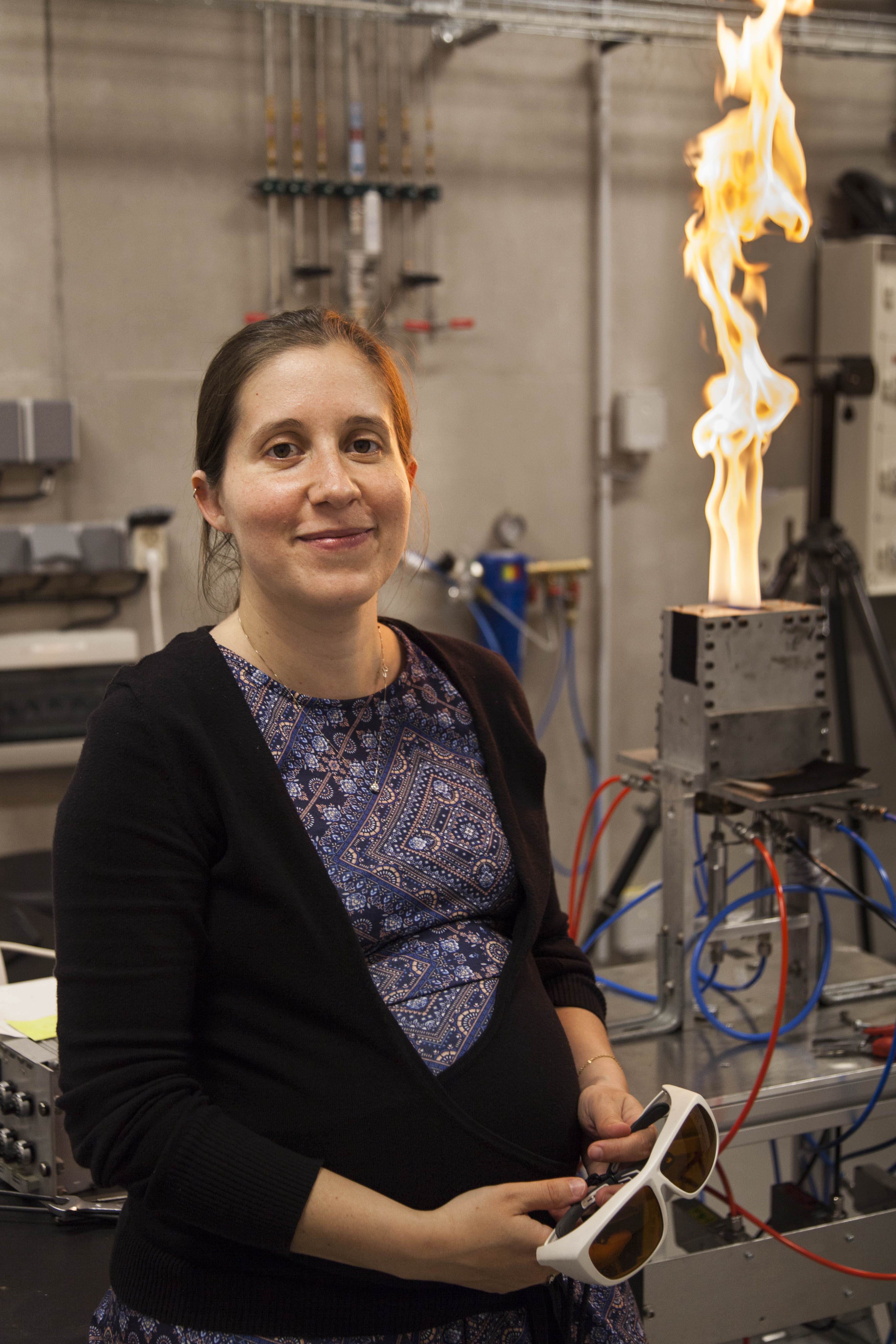
Nanoparticle Flame Synthesis: when combustion is a catalyst for sustainability
Metal-oxide (MO) nanoparticles are one of the keys to attaining the sustainable development goals of the United Nations by creating new high-performance materials with breakthrough potential, such as photo-catalysis or energy storage. Among the existing aerosol processes, attention is increasingly given to turbulent spray flame synthesis via flame spray pyrolysis systems (FSP) as a fast, one-step, large-scale, inexpensive technology to produce MO based on more than 40 elements in the periodic table with constant material quality. In addition, FSP provides a unique environment for the generation of MO that will experience steep temperature gradients over a limited residence time (ms), leading to unprecedented characteristics of MO for a one-step process with improved material performances, such as meta-stable or core/shell nanoparticles. The optimization of these systems classically relies on an empirical tuning of the operating conditions towards the desired characteristics of the final power. However, the development of rigorous systematic optimization strategies should be pursued, albeit they are achievable only once the aerosol process in flames is fully controlled. For this, a deep understanding and an accurate modeling of the aerosol process in flames is essential. In this presentation, we will show how knowledge on turbulent combustion and soot production can be used to investigate the synthesis of nanoparticles in flames. Recent developments of laser diagnostics and high-performance simulations specific to metal-oxide flame synthesis will be discussed. Then, the developed approaches will be used to study the particle characteristics and their link with the local ambient conditions all along the flame. Finally, the major scientific challenges and future perspectives for combustion in advancing ‘green’ aerosol technology will be discussed.
Benedetta Franzelli is a Researcher of the French National Center for Scientific Research (CNRS) at the EM2C Laboratory (UPR288) at CentraleSupélec, Université ParisSaclay. Dr. Franzelli research interests are in theoretical, experimental, and numerical characterization of multi-phase turbulent reactive flows. At EM2C, she leads the investigation of organic and inorganic nanoparticles production in turbulent flames using in-situ optical diagnostics and high-fidelity CFD. She graduated at Politecnico di Milano (2007) and received her PhD from Institut National Polytechnique de Toulouse (CERFACS, 2011). As a Postdoctoral Fellow, she worked at the EM2C Laboratory (2012, 2013) and at the Center for Turbulence Research at Stanford University (2014). She has been the recipient of a Stanford Center for Turbulence Research PostDoctoral Fellowship (2012), the Bernard Lewis Fellowship from the Combustion Institute (2014), the Bronze Medal from CNRS (2018) and a European Research Council (ERC) Starting Grant (2018).
Luca Magri - Imperial - UK
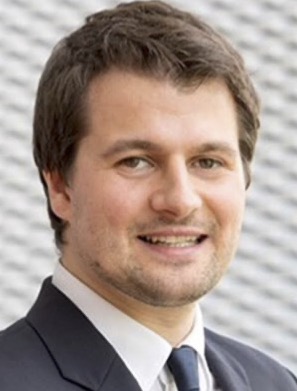
Scientific Machine Learning for Real-Time Digital Twins
Three building blocks are at the heart of real-time digital twins: a low- or reduced-order model, sensor data, and a method to seamlessly combine the two on the fly. Due to assumptions and approximations, low- and reduced-order models are qualitatively accurate but may be quantitatively inaccurate. This uncertainty affects the knowledge of the physical state and model parameters and introduces model biases (also known as model error, epistemic uncertainties, or systematic errors). Model biases are particularly challenging to capture because they are "unknown unknowns," which means that their expression may be unknown a priori. By fusing data and physical models in a statistically optimal way, data assimilation provides a means to make qualitative models quantitatively accurate. While existing data assimilation methods can infer physical states and model parameters, they are not designed to infer model biases on the fly. To address this, we develop a data assimilation framework for simultaneous state, parameter, and bias estimation: the regularized bias-aware ensemble Kalman Filter (r-EnKF). This framework enables the simultaneous inference of parameters, states, and model biases. We apply it to construct a real-time digital twin of a hydrogen-based annular combustor, integrating a physics-based low-order model with sparse experimental microphone data from a rig. Using the bias-regularized ensemble Kalman filter and a reservoir computer, the digital twin autonomously predicts nonlinear azimuthal thermoacoustic dynamics, infers model parameters, and generalizes across diverse scenarios. This approach opens new possibilities for multi-physics digital twinning on the fly.
Luca Magri is a Professor of Scientific Machine Learning at Imperial College London and a Fellow and group leader within the Data-Centric Engineering Programme at The Alan Turing Institute. Luca earned his PhD in Engineering from the University of Cambridge. Before joining Imperial, Luca served as a Lecturer in the Engineering Department at the University of Cambridge, as well as a Royal Academy of Engineering (RAEng) Research Fellow and Fellow of Pembroke College. Prior to his academic appointments at Cambridge, he was a Postdoctoral Fellow at the Stanford University Center for Turbulence Research. His research is currently supported by funding from the ERC, UKRI, and EPSRC.
Eric Mueller - NIST - USA
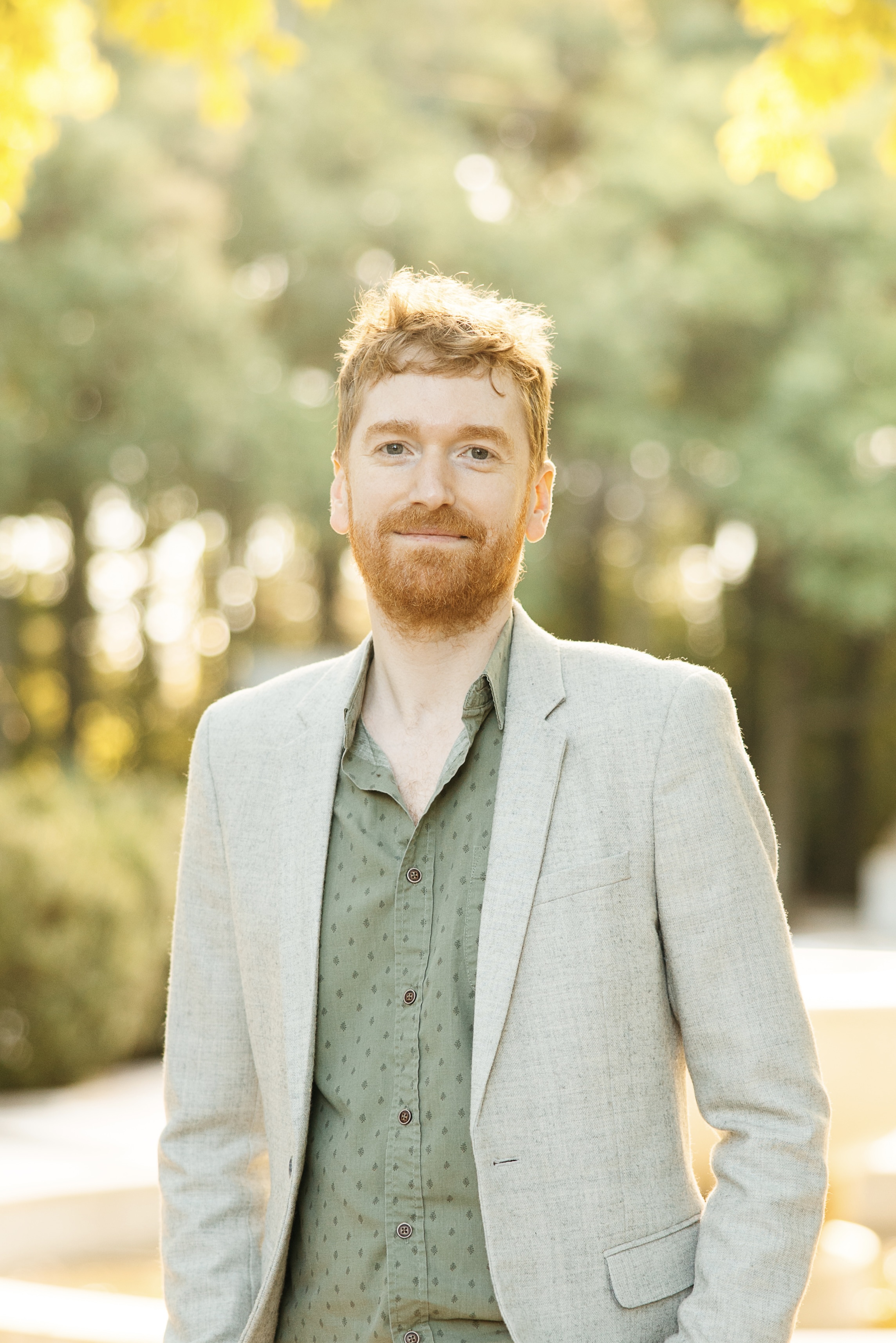
Challenges in modeling wildland fire dynamics: capturing the multi-scale effects of fuel structure
Wildland and wildland-urban interface fires are a growing global problem in the 21st century. This is evidenced by numerous destructive fires in recent years, both in Europe and beyond. The challenges associated with mitigating these impacts are directly related to the challenges in understanding the processes driving wildland fire across the range of scales at which they occur. The ability to understand and therefore model these processes will lead to improved numerical models for planning and response to fires. A unique complexity of wildland fires, in contrast to other topics in fire science and combustion, is the importance of vegetative fuel and its thermophysical and structural properties. Models of wildland fire dynamics, across the full range of complexity, must parameterize these properties and their variability in one way or another in order to capture their importance.
This presentation will explore ongoing efforts at NIST, and elsewhere, to quantify the role of fuel properties on the burning dynamics of vegetation. A particular focus is placed on momentum, heat, and mass transfer between solid and gas phase and attempts to decouple these phenomena in simple configurations. These studies are linked to quantification of global combustion dynamics, such as heat release rate and radiative emission, with full-scale experiments of burning vegetation. It will also be demonstrated how tools for quantifying vegetation structure at field scale are rapidly improving, as are computational capabilities for large-scale detailed fire spread calculations. An outstanding challenge is therefore the ability to leverage these capabilities by developing appropriate submodels which can give consistent results across scales of both model resolution and complexity.
Dr. Eric Mueller is a research scientist in the Wildland-Urban Interface group of the Fire Research Division at the National Institute of Standards and Technology (NIST) in the United States. Dr. Mueller joined NIST in 2021 following both postdoctoral and PhD studies at the University of Edinburgh, where he received a Best Thesis award from the International Association of Fire Safety Science. His research focus is on the quantification of transport processes in wildland fire combustion environments, at both laboratory and field scale, primarily in support of numerical modeling. He is a member of the development team of NIST’s Fire Dynamics Simulator.


